Ayurvedic Management of Stroke (Hemiplegia)
Synopsis
The term stroke or cerebro-vascular accident (CVC) have fallen into disrepute; the first because it carries no information, the second because of concern about whether the disorder is actually ‘accidental’. Stroke is defined as a rapidly developed clinical signs of focal disturbance of cerebral functions of presumed vascular origin and it may be due to cerebral haemorrage, thrombosis, or embolism. There is more or less sudden paralysis affecting one side of the body; motor, sensory visual or speech functions are affected. The term paksha means half of the body and loss of function of paksha is seen in Pakshaghata. It is mainly a vata vyadhi and pitta and kapha doshas also associate vata in the causation of the disease. Charaka observes that sira snayu vishoshana leads to pakshaghata, but sushruta notes the involvement of dhamani in the pathogenesis of Pakshaghata. Chakrapani says that without understanding the prakruti (physiology) correct knowledge of vikruti (pathology) is not possible. The implications of sira, dhamani and srotas are very essential to understand the pathogeness of pakshaghata. A critical and careful study of Ayurvedic classics confirms that the structures like sira and dhamani convey vascular structures of the body.
Read more
9.00
8.1
$
10.00 $
Free delivery Wolrdwidе in 10-18 days
Ships in 2-4 days from New Delhi
Membership for 1 Year $35.00
Get it now and save 10%
Get it now and save 10%
BECOME A MEMBER
Books by the same author

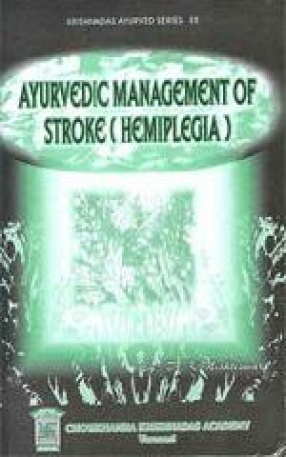
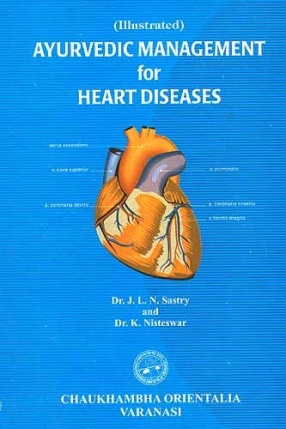
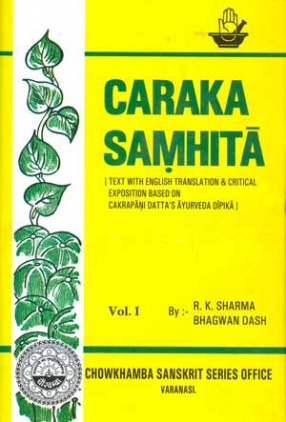
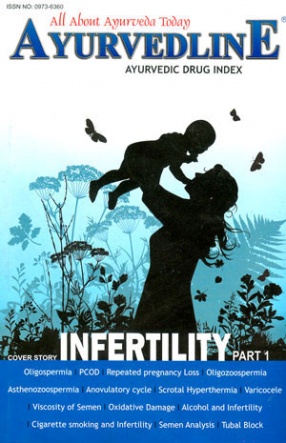
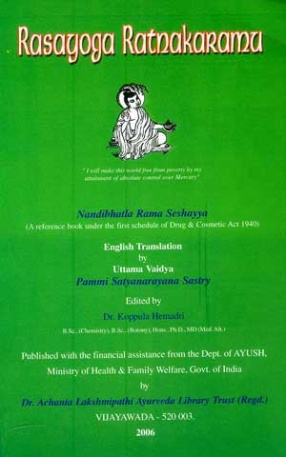
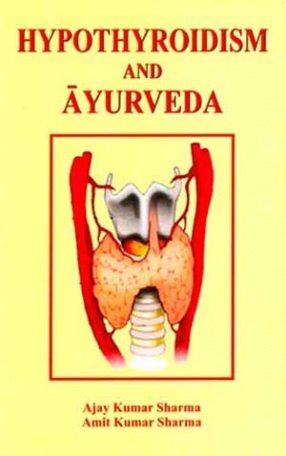

Bibliographic information